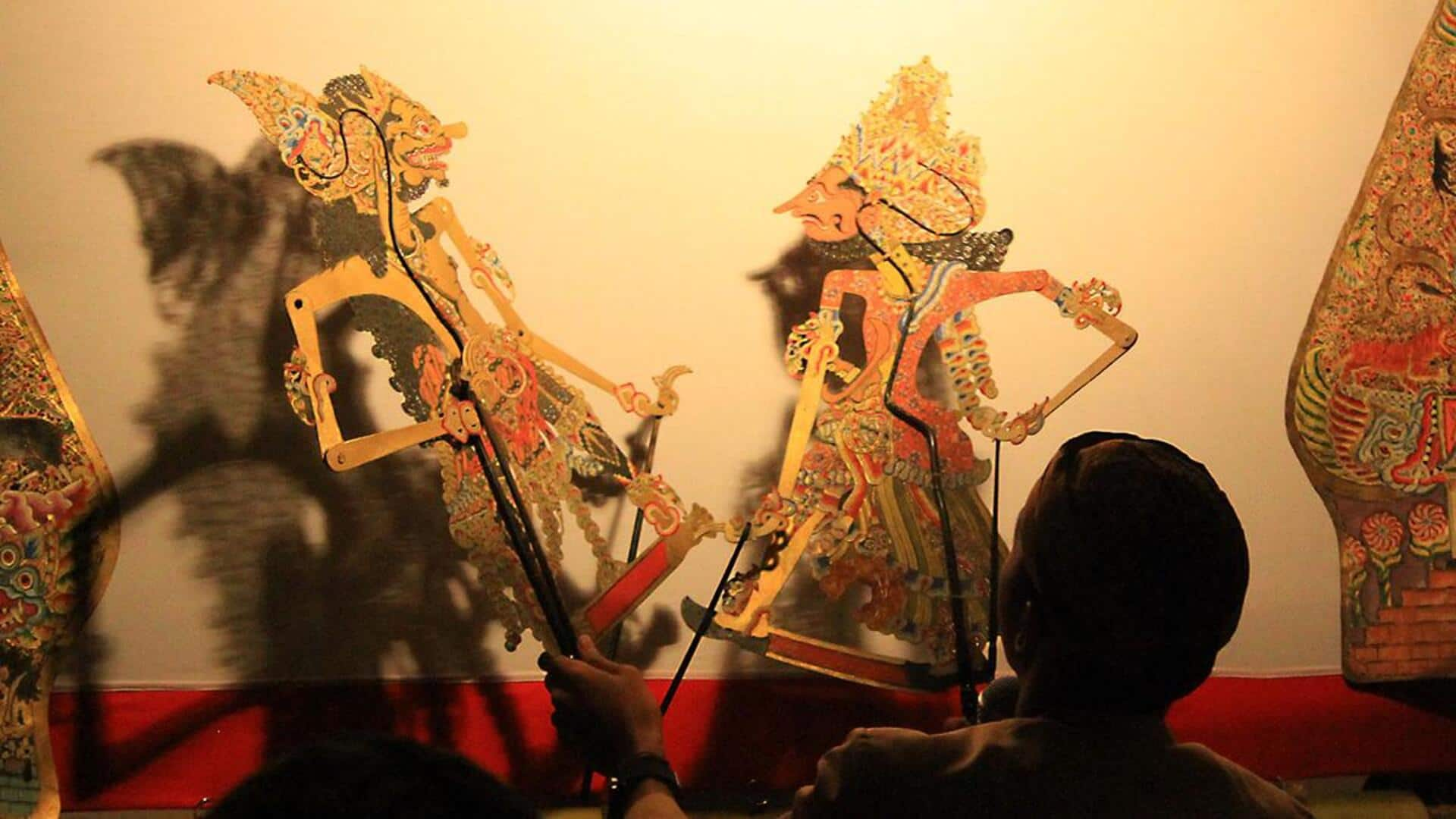
Exploring shadow puppetry in Javanese weddings
What's the story
Shadow puppetry, called wayang kulit, is an important part of Javanese weddings. The ancient art of leather puppets and light is used to tell complicated stories. It is an integral part of functions, serving both entertainment and moral education to the guests. The inclusion of shadow puppetry in wedding ceremonies shows its cultural significance and also gives a unique experience to guests.
Cultural roots
Historical significance of wayang kulit
Wayang kulit is deeply rooted in history in Java, going back over a thousand years. It is said to have come out of traditions before taking the modern form. The tales often feature ancient epics and folklore, entertaining and educating audiences. At weddings, these shows bridge the couple with their culture.
Ceremony integration
Role in wedding ceremonies
In Javanese weddings, wayang kulit is commonly performed during certain parts of the ceremony. It may be used to narrate stories symbolizing marital values or blessings for the couple's future life together. The performance adds a touch of tradition and spirituality to the event, making it memorable for both the couple and guests.
Puppet creation
Artistic craftsmanship involved
Creating wayang kulit puppets is an art that requires incredible skill. Artisans with years of experience carve every puppet from leather with such precision, bringing to life intricate designs showcasing the unique personalities and roles of characters in traditional stories. This meticulous craftsmanship not only adds to the aesthetic appeal of these puppets but also preserves and passes cherished techniques through generations, ensuring the legacy of this cultural art form lives on.
Contemporary influence
Modern adaptations in weddings
While keeping traditions alive, modern adaptations have also come into play with shadow puppetry at weddings. Some performances include modern themes or music to cater to younger audiences, while still honoring cultural roots. These adaptations make sure that wayang kulit stays relevant without losing its essence as a part of Javanese heritage.